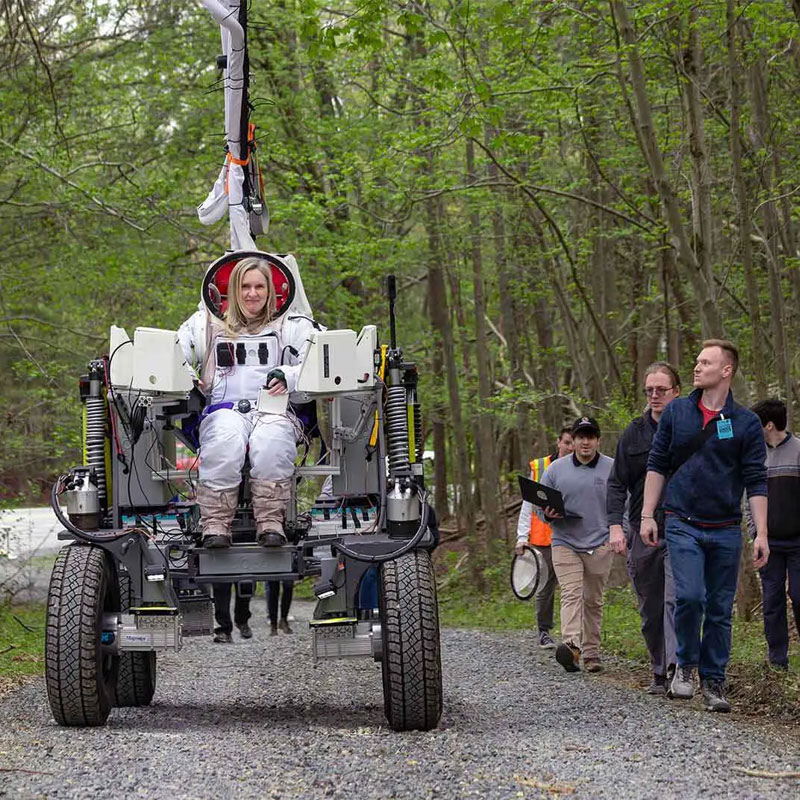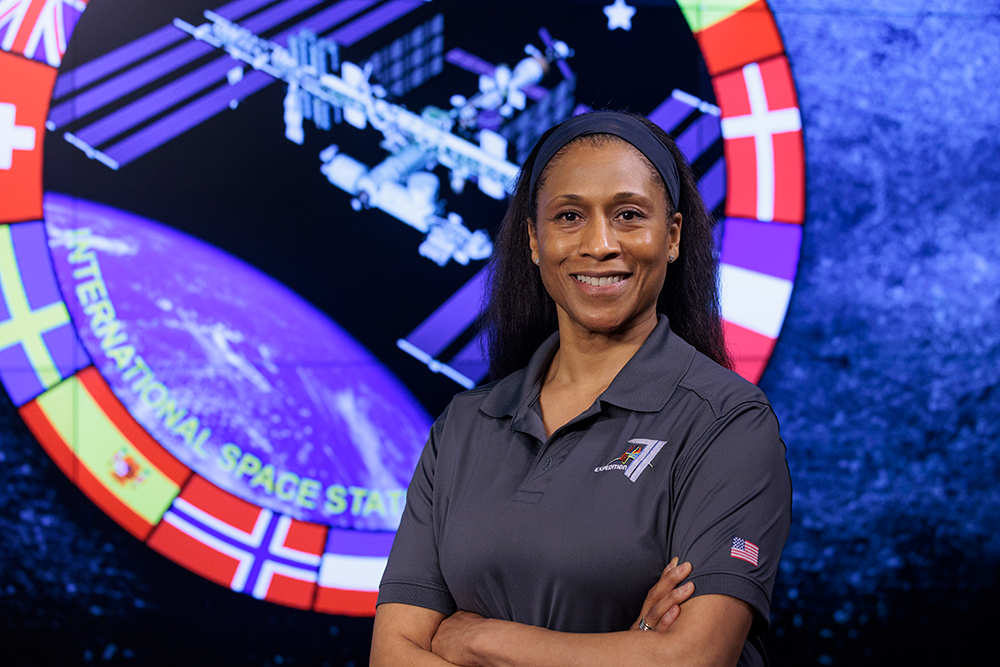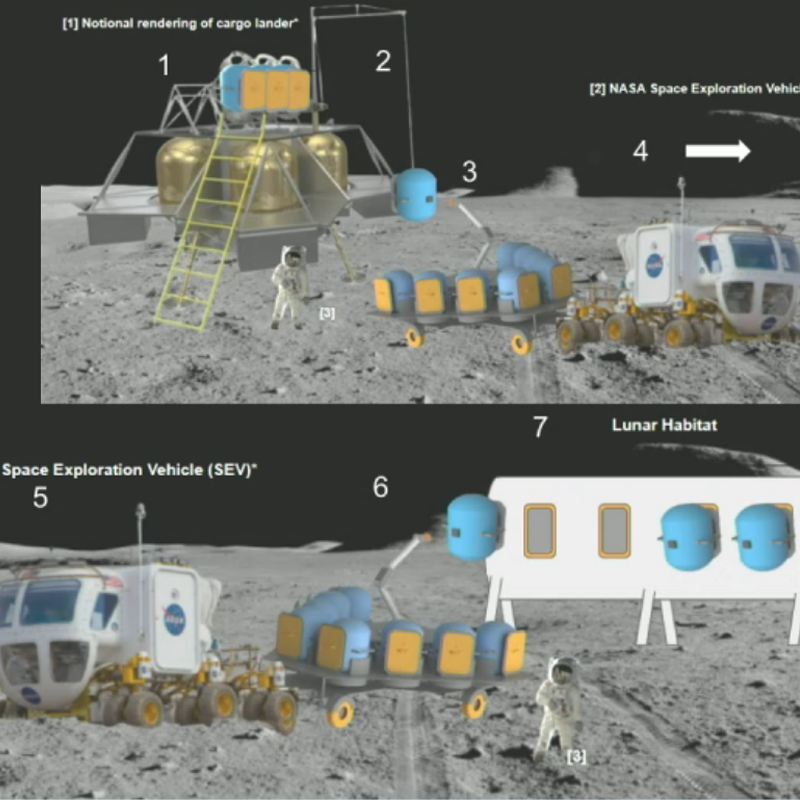News Story
UMD Engineer Selected for Next Phase of Small Spacecraft Mission

Assistant Professor Christine Hartzell
Christine Hartzell, assistant professor in the A. James Clark School of Engineering’s Department of Aerospace Engineering, is the mission scientist on Janus, one of three finalist missions selected by NASA for future small satellites.
The missions will contribute to NASA’s goal of understanding our solar system’s content, origin, and evolution. They will also support planetary defense and help fill in knowledge gaps as NASA moves forward with its plans for human exploration of the Moon and Mars.
Janus: Reconnaissance Missions to Binary Asteroids will study the formation and evolutionary implications for small “rubble pile” asteroids and build an accurate model of two binary asteroid bodies. A binary asteroid is a system of two asteroids orbiting their common center of mass. The principal investigator is University of Colorado Distinguished Professor Daniel Scheeres, and Lockheed Martin will provide project management.
The other two selected missions are Escape and Plasma Acceleration and Dynamics Explorers (EscaPADE), led by University of California, Berkeley, and Lunar Trailblazer, led by the California Institute of Technology.
“Each of these concepts holds the promise to deliver big science in a small package," said Thomas Zurbuchen, Associate Administrator for the Science Mission Directorate. "Their miniaturized size enables these systems to be developed at reduced overall costs while performing targeted science missions and testing brand new technologies that future missions can use."
The finalists were chosen from 12 proposals submitted in 2018 through an opportunity called the Science Mission Directorate (SMD) Small Innovative Missions for Planetary Exploration (SIMPLEx).
Following an extensive and competitive peer review process, these concepts were selected based on their potential science value and feasibility of development plans. They will receive funding for up to one year to further develop and mature the concept designs, concluding with a preliminary design review (PDR). NASA will evaluate the PDR results, and after that expects to select one or more of the mission concepts to proceed into implementation and flight.
Using small spacecraft—less than 400 pounds, or 180 kilograms in mass—SIMPLEx selections will conduct stand-alone planetary science missions. Each will share their ride to space with either another NASA mission or a commercial launch opportunity.
“The SIMPLEx program provides invaluable opportunities for increasingly innovative ways to conduct planetary science research,” said Lori S. Glaze, Director of the Planetary Science Division at NASA.
The selected investigations will be managed by the Planetary Missions Program Office at NASA’s Marshall Space Flight Center in Huntsville, Alabama as part of the Solar System Exploration Program at NASA Headquarters in Washington. The program conducts space science investigations in the Planetary Science Division of NASA’s Science Mission Directorate at NASA Headquarters, guided by NASA’s agency priorities and the Decadal Survey process of the National Academy of Sciences.
Published June 20, 2019









